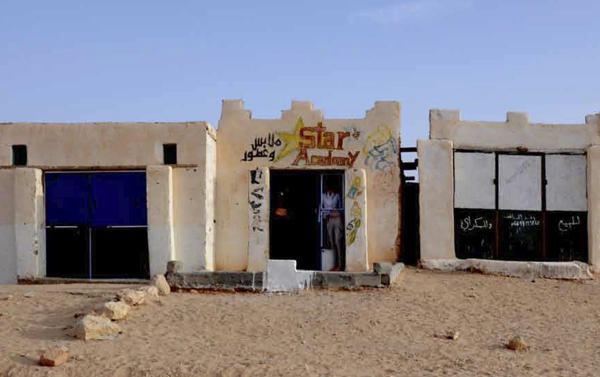SHOPPING AND TRADE

Student: Anna Ebneter
In the exceedingly barren territory of the Sahara, trade had a central role in the economy of the nomads before the refugee camps in the territory of today’s Western Sahara. Besides the local trade, once a year caravans with up to a few thousand camels used to go from the North across the desert to Timbuctoo and back. The move into the camps in 1975 made their life completey dependent on humanitarian aid. It is not surpising that the first action of the Saharawis after money came into the camps in 1991 was the reestablishment of the old trade relations and the opening of shops in the camps. How does this new way of trading influence Saharawi society? What function does the trade and the spaces of trade have in a society which does not otherwise have a formal economy? Are there signs of an interest in an independent economy which could be adapted in the case of an independent Western Sahara? Where are signs of urban parameters visible?
The work starts with a look back to historical forms of trade and economy, in order to understand the similarities and differences between the present day and their traditions.To answer the first three questions the camp of El Aaiún will be the theme of the first chapter. It seems to be much more original in its spatial organisation than the camp Smara, which is a good example for comparison to show how very small differences can create very different results.
Download the chapter PDF

